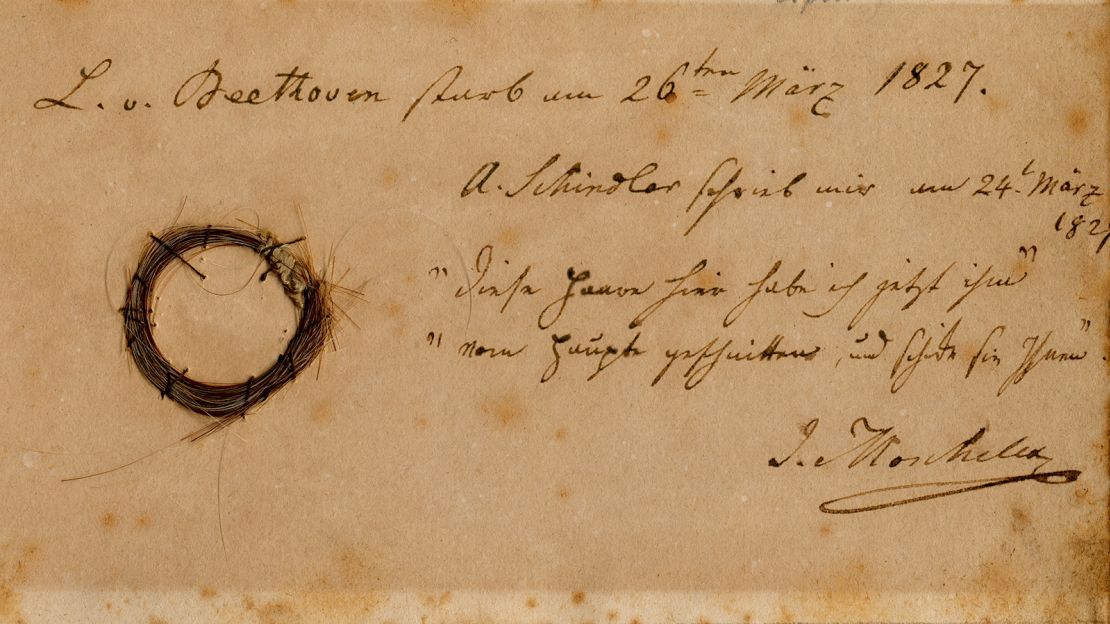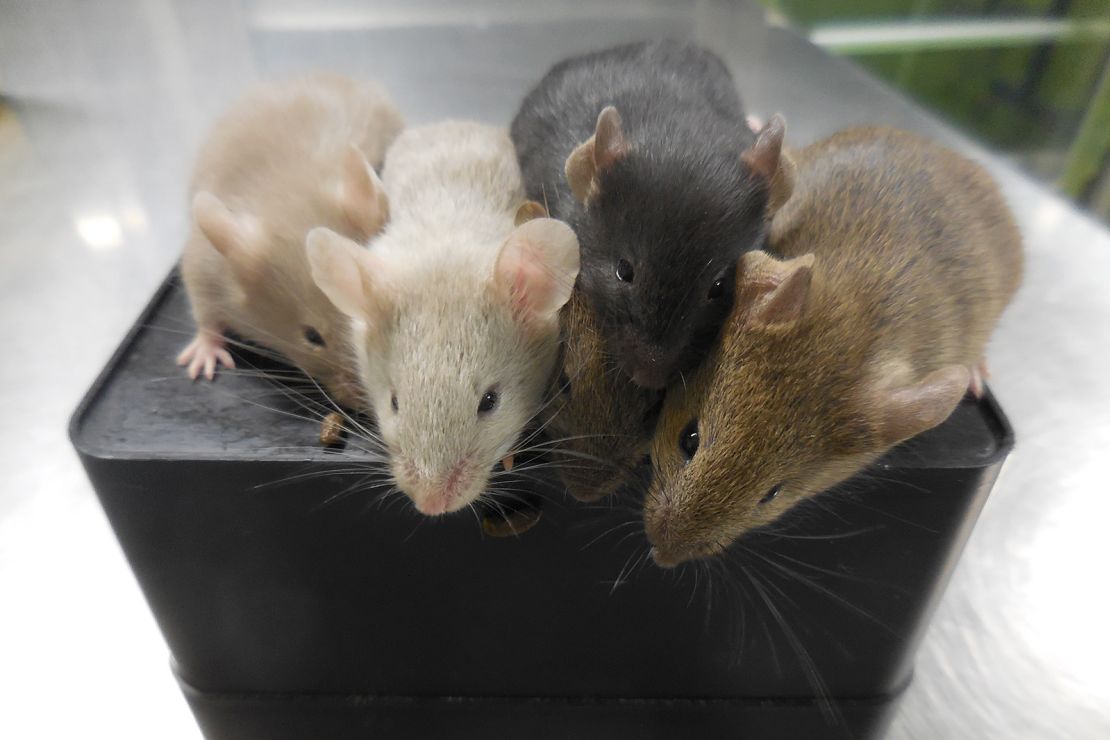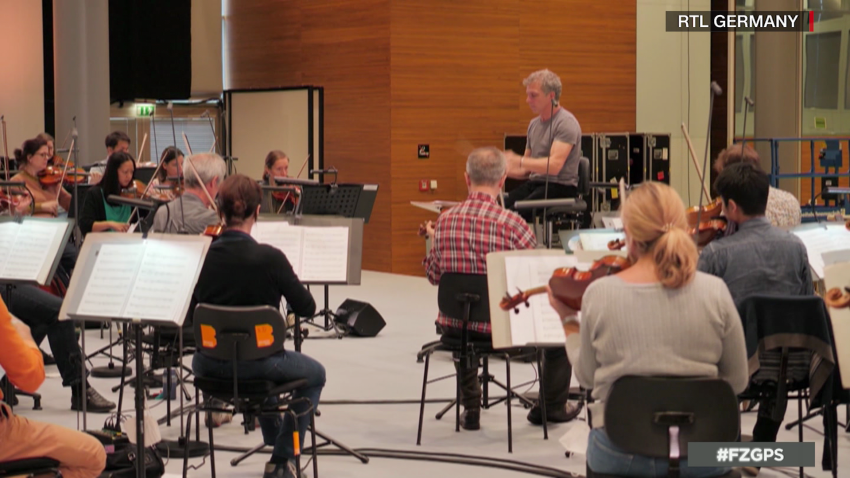A version of this story appeared in CNN’s Wonder Theory science newsletter. To get it in your inbox, sign up for free here.
The idea of time travel has always fascinated me.
Since I was a kid, I’ve imagined a “Jetsons”-like future with flying cars and the ability to journey to the past, as the Time Traveller did in H.G. Wells’ novella “The Time Machine.”
Advances have turned many sci-fi ideas into reality, but it doesn’t look like I’ll be going for a stroll with novelist Jane Austen or mathematician Ada Lovelace anytime soon.
As humans, however, we’re motivated by challenges. If there is a puzzle with no direct solution, there are ways around or over it.
Science has evolved enough that we now have innovative ways of peering back in time. This week, a team of researchers stepped into history by using DNA analysis to understand an important figure in classical music a little bit better.
We are family

Ludwig van Beethoven, known for his stirring sonatas and symphonies, expressed a wish before he died in 1827. The composer wanted doctors to study his ailments and share them with the public.
Over the course of his 56 years, Beethoven famously suffered from progressive hearing loss, as well as gastrointestinal issues and liver disease.
Now, researchers have used advances in DNA research to piece together Beethoven’s genome using five preserved locks of his hair.
The genome revealed genetic risk factors for liver disease, which may have contributed to his death, as well as a hepatitis B infection.
The researchers also uncovered a bit of Beethoven’s secret family history hiding in his DNA.
The wonder
Craving a tasty slice of cheesecake filled with all of your favorite flavors? There’s a 3D printer for that.
Engineers at Columbia University assembled and cooked a seven-ingredient vegan cheesecake, including hazelnut spread and strawberry jam, using a 3D-printing machine and laser technology.
The lasers cooked the different layers of the cheesecake as it printed. Years of work went into the method that resulted in a single slice of cake — a confection that would make Willy Wonka proud.
If you think that’s wild, that’s not the only news in 3D printing: An aerospace startup has fabricated a rocket that had a picturesque night launch this week — but it ultimately failed to reach orbit.
Climate changed

Impressionist painter Claude Monet was known for the dreamy haze that drifts across many of his works.
Now, researchers have uncovered the scientific cause behind the inspiring “smoke” the artist chased during his London trips: atmospheric change.
Climate scientists studied over 100 works from Monet and British painter Joseph Mallord William Turner, who was active before the Impressionist artist.
The study team tracked changes in the skylines of the cityscapes, watching as air pollution created by industrial manufacturing increased. Over time, the skies in the paintings became whiter as pollution influenced the light the artists captured.
Meanwhile, a couple who decided to renovate their apartment kitchen in northern England was surprised to find centuries-old murals depicting a biblical scene.
Across the universe
An interstellar visitor was observed in our solar system for the first time in 2017.
About the size of an asteroid, the mystery object kind of moved like a comet, but it also accelerated — some even thought it was an extraterrestrial spacecraft.
Now, researchers think they know what caused ‘Oumuamua to go zipping around our sun.
When the interstellar comet was warmed by the sun’s searing heat, hydrogen trapped inside of it began to escape, propelling the reddish pancake-shaped rock.
Meanwhile, scientists studying samples returned from the near-Earth asteroid Ryugu discovered vitamin B3 and an RNA compound called uracil. The finding adds more evidence that meteorites carried the building blocks of life to Earth.
Fantastic creatures

Scientists were able to create mice from two biologically male parents for the first time.
Skin cells collected from the tails of male mice were used to generate eggs that were implanted in female mice and resulted in healthy pups with different shades of fur.
The experiment, which was years in the making, could have implications for fertility treatments and even prevent endangered animals from going extinct — but thorny legal and ethical issues remain around these advances in genetic engineering.
What’s more, only a handful of embryos became mice, which means there is a long road ahead before cultured cells can create human eggs.
Curiosities
Catch up on these other intriguing stories:
— A new giant species of spider may look like nightmare fuel, but the rare golden trapdoor spider recently found in Australia needs protecting, researchers say.
— The James Webb Space Telescope has detected churning clouds of dust 40 light-years away on a Tatooine-like exoplanet that orbits two stars.
— A “marsupial sabertooth” that lived in South America 5 million years ago had such massive canines that the roots wrapped over the top of its skull.
— A stunning lineup of five planets will soon decorate the night sky. Here’s how to see the parade.
Are you observing Ramadan? Astronaut Sultan Alneyadi of the United Arab Emirates shared how he will participate in the Muslim month of fasting while in space.
Like what you’ve read? Oh, but there’s more. Sign up here to receive in your inbox the next edition of Wonder Theory, brought to you by CNN Space and Science writers Ashley Strickland and Katie Hunt. They find wonder in planets beyond our solar system and discoveries from the ancient world.






